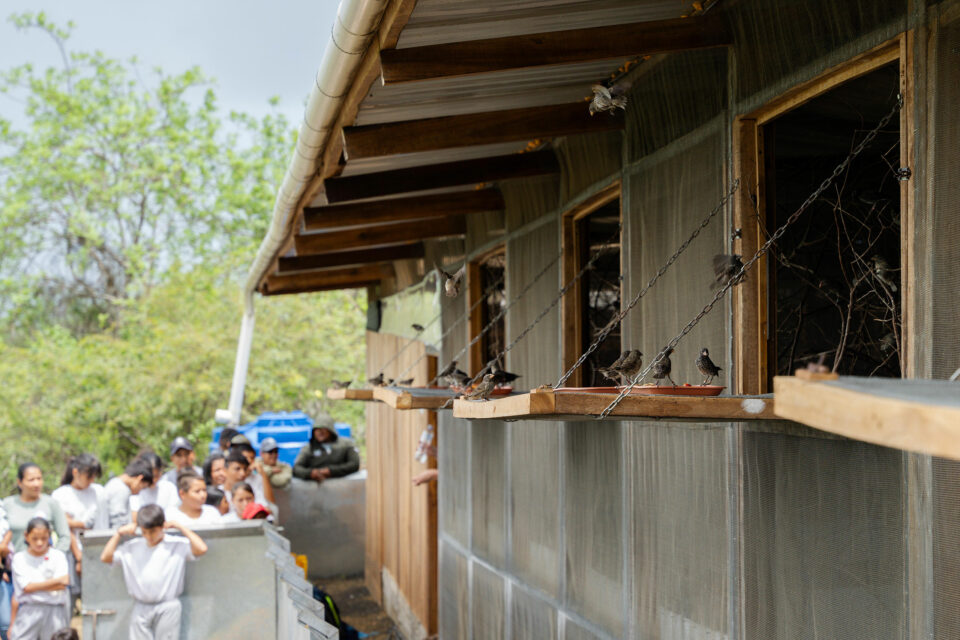

Restoring Floreana: A local perspective
Our Senior Philanthropy Manager, Kelly Hague, saw first-hand the fantastic impact that the Restoring Floreana project is going to have for the people and wildlife that call the island their home.
I am standing in a field on Floreana island, damp mist swirling around and the daylight quickly disappearing, as I photograph a bearded man in his new cow shed. A busload of people is waiting for me, wondering why I said I quickly needed photographs before it got dark and would explain later. I am so excited to be here with this man. I would never have imagined that this would be one of the highlights of my first trip to Galapagos!
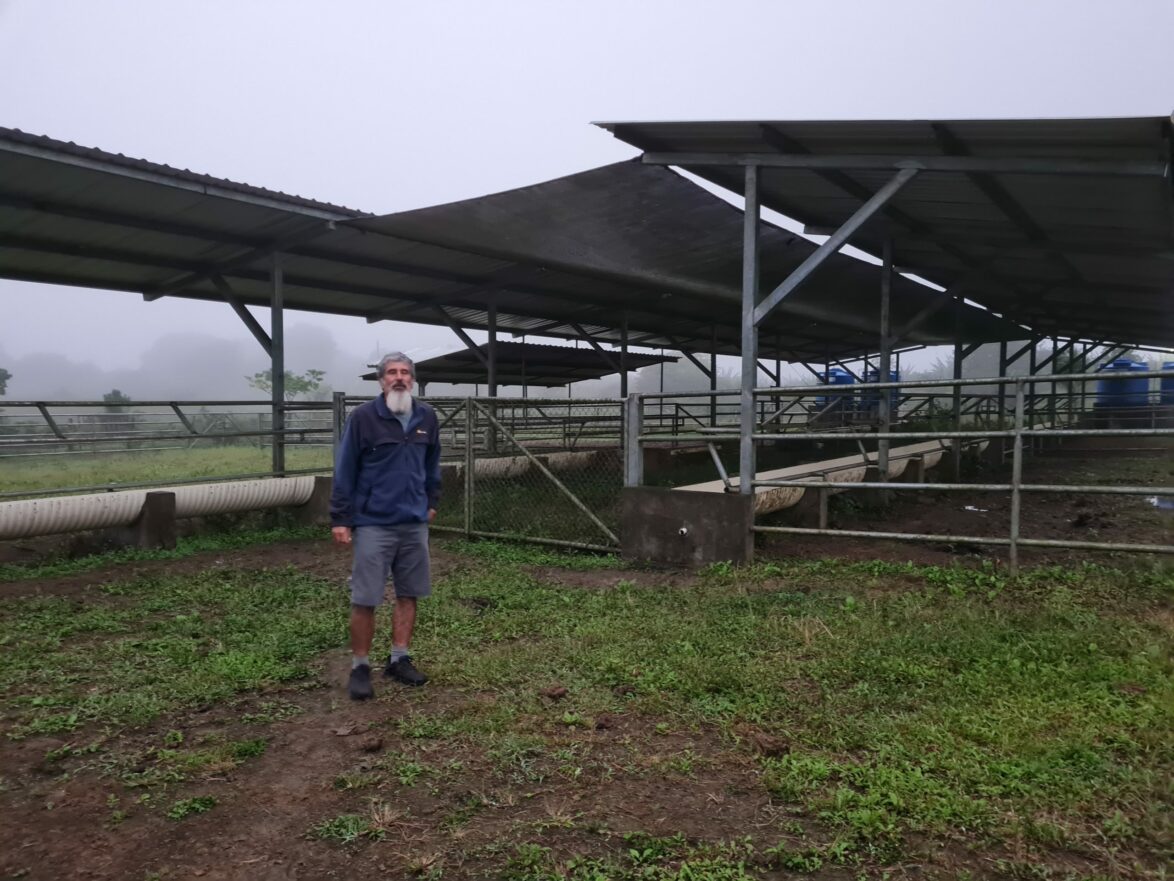
Claudio Cruz explains how the Restoring Floreana project has paid to build this new shed. He has put some of his own money into it as well to make it bigger. This empty, lifeless structure embodies his hopes of a better future.
Claudio is not ‘just’ a farmer. He represents many people, on Floreana, in Galapagos and living far from this island, who have been tirelessly plotting, planning, and working to reverse the terrible destruction that has been causing havoc to Floreana for many, many years. And one of the main driving forces behind the original idea was Claudio’s brother, Felipe Cruz.
From the 1980s until his sad death in 2018, Floreana-born Felipe became a driving force for conservation in Galapagos, inspiring many who met him. Distressed at the demise of local wildlife by goats, pigs, donkeys, rats and cats which had all been brought to Floreana by humans, he witnessed them devouring the eggs and young of birds, snakes and turtles, eating seeds and plants found nowhere else, destroying habitat and trampling nests. Twelve species have now become extinct from this one island, with another 55 highly threatened.

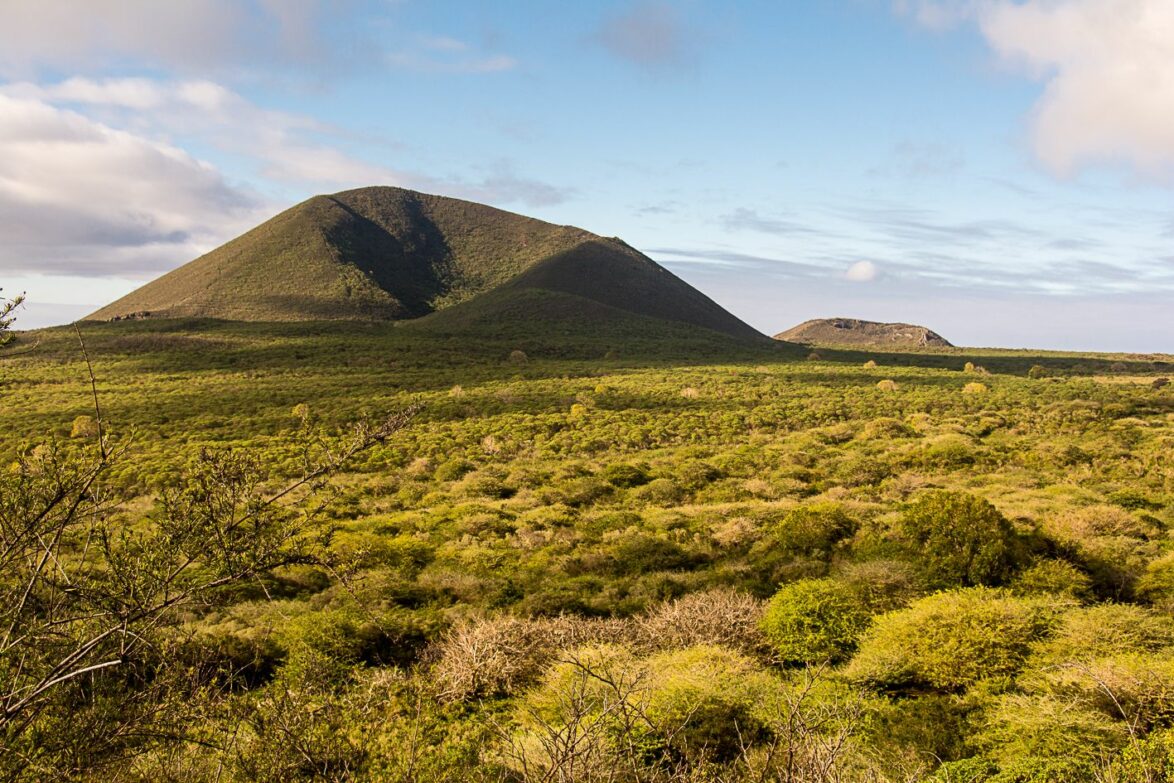
Restoring Floreana
Once home to some of the most iconic wildlife in Galapagos, Floreana has been devastated by invasive species. We are supporting a hugely ambitious project to restore the island to its former glory
I finish taking my photographs and we climb into the truck. As we drive back down to the small town, Claudio reminisces. “As a child we used to ride down this road, then a dirt track, on a donkey and have competitions to see who could spot the most vermilion flycatchers on the way – I may see 20, my brother or whoever was with me, perhaps 21. I have nice memories of watching vermilions hunting up and down.” Sadly, this beautiful red bird is now extinct from Floreana, but the project team is looking at the feasibility of reintroducing it, along with the other 11 locally extinct species, once the rats and cats are gone.
But there are other important reasons why the restoration of Floreana means so much to him and other locals. “The feral goats, pigs and donkeys have been sorted – it is now just the rats and cats that are left. We spend a lot of money poisoning rats as they destroy crops and corn.”
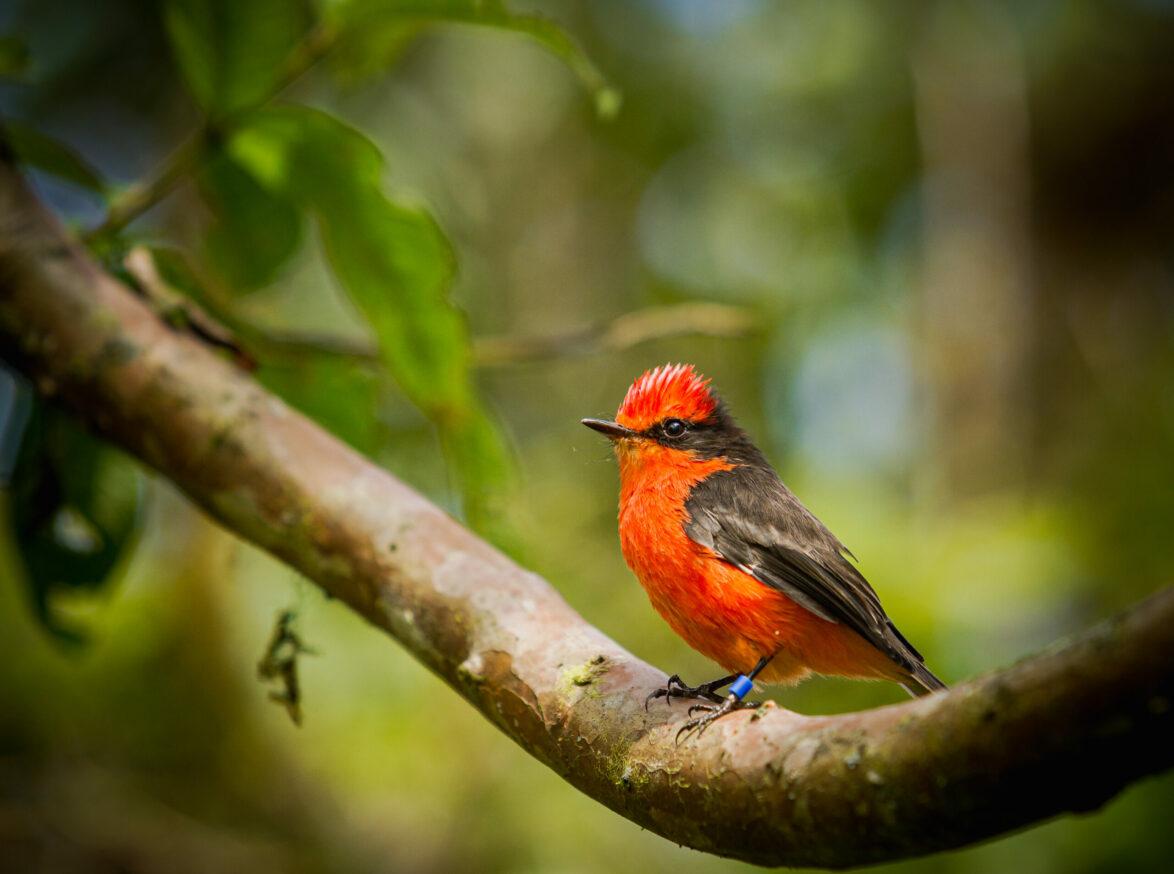
As a child we used to ride down this road, then a dirt track, on a donkey and have competitions to see who could spot the most vermilion flycatchers on the way...
Claudio’s cows are now fenced in, no longer roaming free across the island and devastating precious habitat. Other farmers will be doing the same in the following months, with more livestock enclosures built. Claudio explained that he currently needs 1 hectare for one cow. “After the baiting, I should be able to have 30 cows per hectare as I’ll be able to grow feed for them, without it being destroyed by rats.” My jaw dropped.
“All my harvest should be successful so I will have more income. Species will be reintroduced, and more tourists will want to visit Floreana to see them.” He is excited to perhaps one day see Floreana tortoises roaming across the island, fulfilling their important role as natural dispersers of seeds. He would love to see large ground finches. Many older locals would be excited to see the beautiful red vermilion flycatcher, now just a childhood memory.
“38 years ago, I saw the last large ground finches. A couple of them. I feel very privileged.”

As I leave Claudio expresses his deep thanks to everyone at GCT and all of you, our supporters and project partners, who are helping change their lives by restoring their beloved island. It must feel strange for them to have such an international interest in their small island, but thank goodness, as this is what is needed. Floreana has been recognised as one of the most important island restoration projects in the world.
I was personally involved in work to eradicate rats and mice from the island of South Georgia, another globally important project, and know of the success of previous eradication projects in Galapagos and elsewhere. Bird populations can very quickly ‘jump’ back. On Rabida in Galapagos, the Rabida gecko, thought to be extinct, was rediscovered. I want my working life to make as big a difference in global conservation terms as possible. I know that Floreana is a project that can do this and at the very least could help the 55 endangered species on this island. I leave the small town determined to continue trying to help Claudio, Felipe’s memory, and everyone else involved. And deeply grateful for all of the GCT supporters who are, and have been, involved in this vital work.
12
species are locally extinct on Floreana
How you can help
Ways to support our conservation work in Galapagos include becoming a member, donating to an appeal, adopting an animal, attending an event, volunteering or entering our photography competition.
Related articles

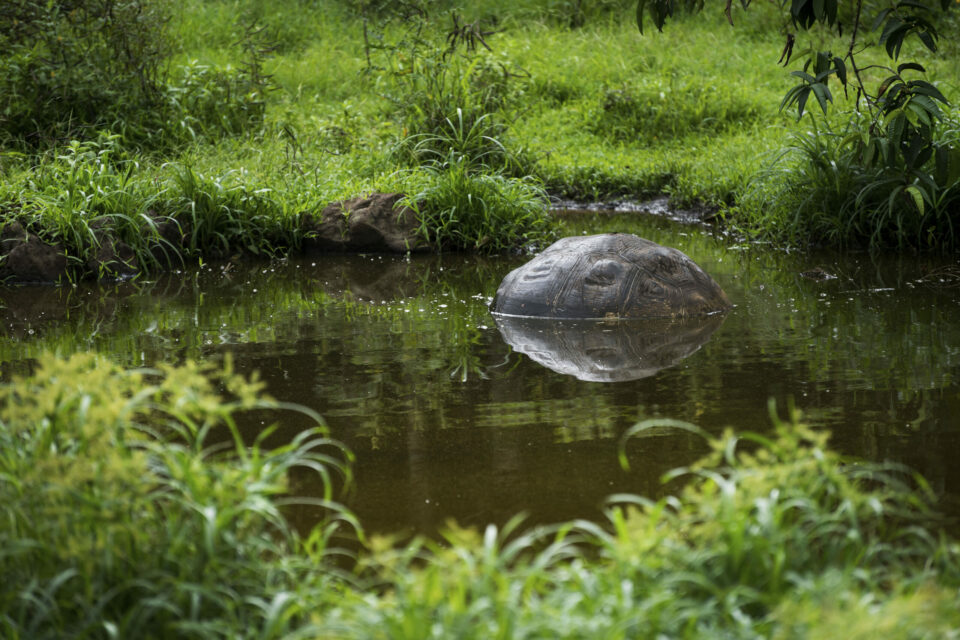
Double your donation to rewild Galapagos with the Big Give


